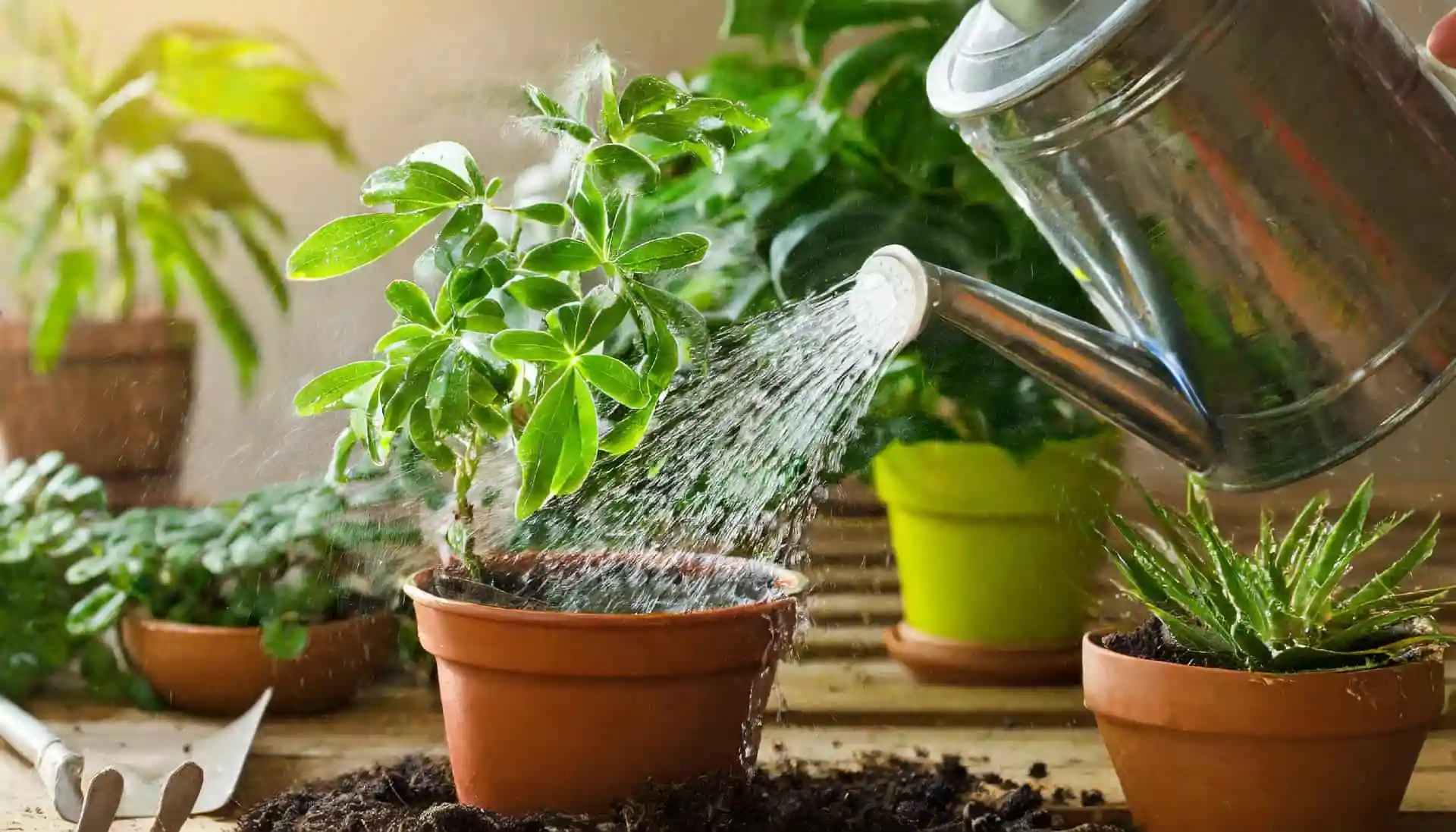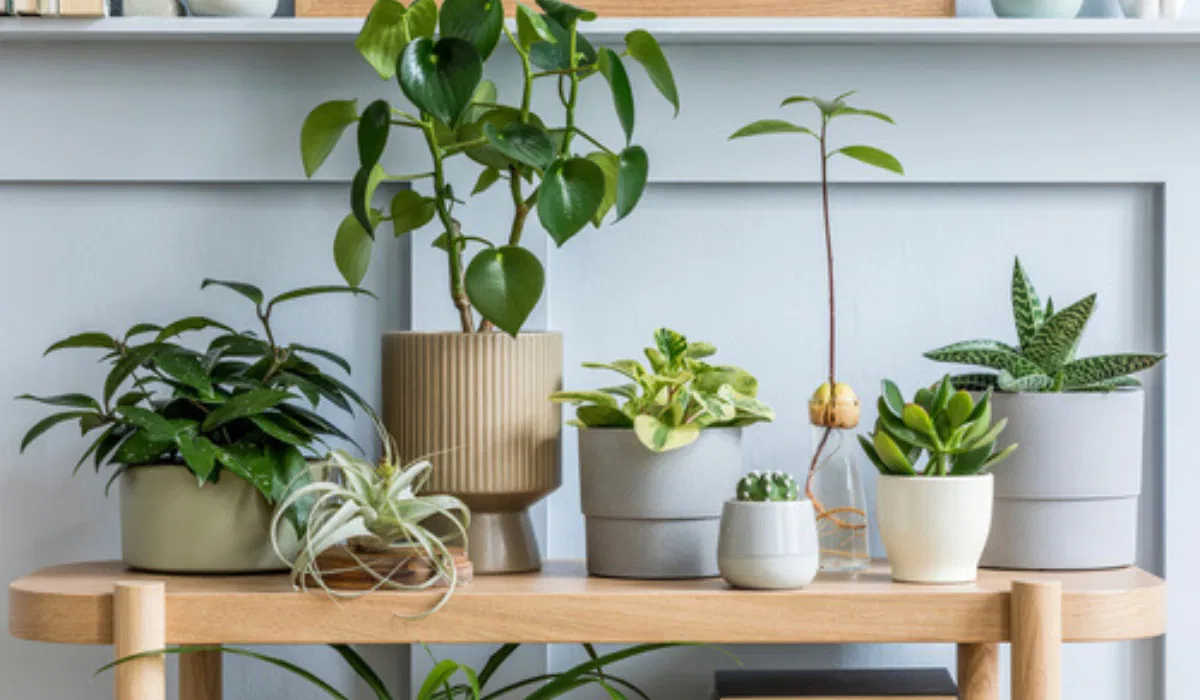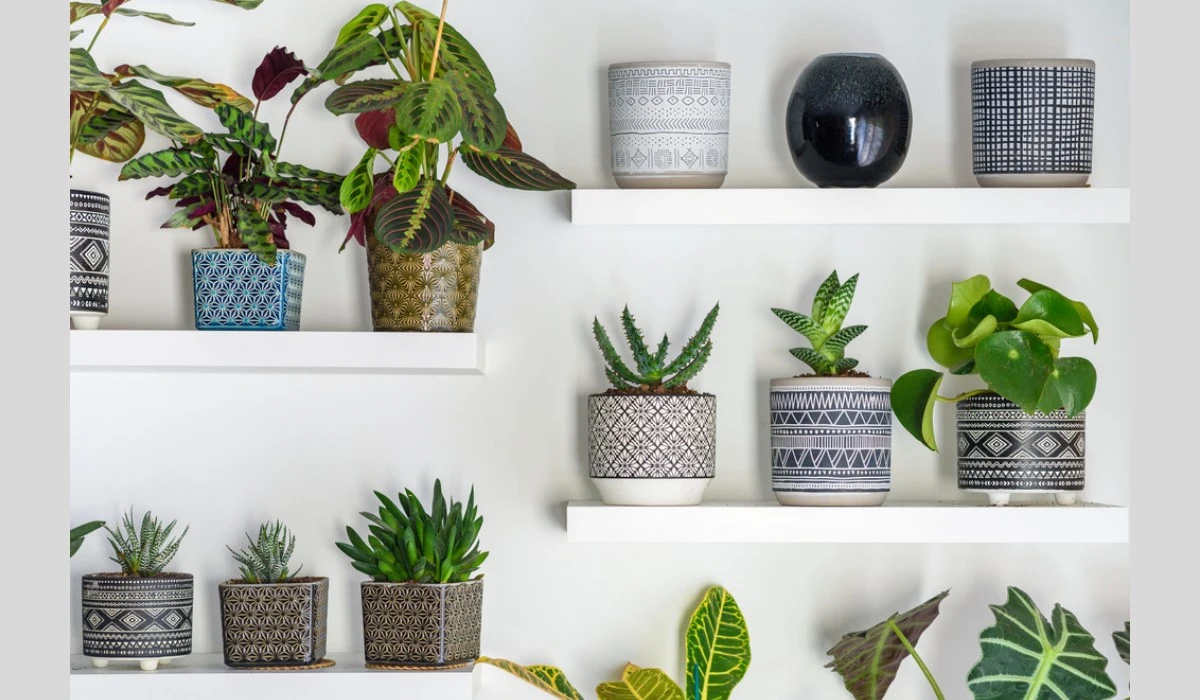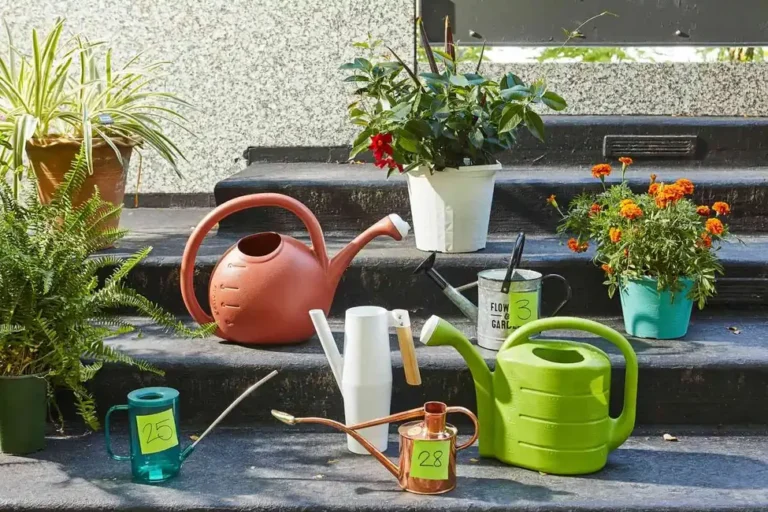Contents
Introduction
Choosing the right watering can for your indoor plants might seem like a small detail, but it’s actually pretty important for keeping your greenery happy and healthy. Picture this: you’ve got a beautiful collection of houseplants, each with its own unique watering needs. The right watering can makes it easier to give each plant just what it needs without making a mess or causing stress.
Why is it so crucial? Well, the right watering can ensures that you’re not overwatering or underwatering your plants, which can lead to problems like root rot or dry, unhappy foliage. Plus, a well-designed watering can can save you time and make the whole process more enjoyable.
But with so many options out there—different sizes, materials, and designs—how do you choose the best one? Don’t worry; we’re here to break it down for you. We’ll go over what to look for in a watering can, from how big it should be to what material works best, and how the design can affect your watering routine. By the end of this guide, you’ll know exactly what to look for to keep your indoor plants thriving and your watering routine stress-free.
Consider Your Plant’s Needs
When it comes to picking the perfect watering can, the first thing you need to consider is your plants themselves. Different plants have different needs, and the right watering can can make a huge difference in how well they thrive.

Plant Size and Type
Think about the size of your plants. For tiny succulents or small herbs, a small watering can with a narrow spout might be just right. It allows you to water precisely without spilling everywhere. On the other hand, if you’ve got larger plants or a bunch of them, you’ll want something bigger. A larger watering can means fewer trips to refill, making your life a lot easier.
Watering Frequency
How often do you water your plants? If you’re watering them daily or every other day, you’ll probably want a can with a decent capacity. A bigger can means you don’t have to constantly run to the sink. But if you’re only watering once in a while, a smaller can might do the trick just fine.
Choosing a watering can that fits your plant care routine and plant sizes can save you time and effort while ensuring your plants get the right amount of water they need to stay happy and healthy.
Capacity and Size
When choosing a watering can, the size and capacity are key factors that can make a big difference in your indoor plant care routine. The right size helps ensure that you’re not constantly running back and forth to refill or struggling to manage a can that’s too heavy.
Small vs. Large Capacity
Start by considering the size of your plants and how many you have. If you’re dealing with small pots or just a few plants, a small watering can with a capacity of about 1-2 liters should be sufficient. It’s easy to handle and store, making it perfect for small spaces. But if you have a larger collection or bigger plants, a larger can that holds 3-5 liters might be more practical. It’ll cut down on the number of refills you need and speed up your watering routine.
Ease of Handling
Size isn’t just about capacity; it’s also about how comfortable the watering can is to use. A larger can might hold more water, but if it’s too heavy or awkward to handle, it can become a hassle. Look for a can that feels balanced and easy to carry. If you have limited hand strength or need to water frequently, a lightweight, ergonomic design can make a big difference in your comfort and efficiency.
Choosing the right capacity and size ensures that your watering can meets your needs without causing unnecessary strain or inconvenience.
Material and Durability
The material of your watering can plays a big role in how durable it is and how well it performs. It’s important to pick a material that matches your needs and stands up to regular use.

Plastic vs. Metal vs. Ceramic
Plastic watering cans are often a popular choice because they’re lightweight, affordable, and come in a variety of colors and styles. They’re great for everyday use and won’t rust, but they might not be as durable as other materials.
Metal watering cans, on the other hand, are known for their durability and classic look. They can withstand a lot of wear and tear and often have a more stylish, elegant appearance. Just keep in mind that they might rust over time if they’re not made from rust-resistant materials.
Ceramic watering cans are the most decorative and can add a touch of style to your plant care routine. However, they’re heavier and more fragile, which makes them less practical for everyday use. They’re best suited for those who want a beautiful, functional piece that also doubles as décor.
Weather Resistance
Even though indoor conditions are less harsh than outdoor ones, the material still needs to hold up over time. Plastic can become brittle and crack with age, while metal might develop rust if not cared for properly. Ceramic can chip or break if dropped. So, consider how you’ll be using the watering can and how much wear and tear it will face.
Selecting a material that’s both durable and suited to your needs will ensure that your watering can lasts longer and keeps performing well.
Design and Functionality
When picking out a watering can, the design and functionality can make a big difference in how easy and enjoyable it is to use. A well-designed watering can not only looks good but also makes watering your plants a breeze.

Spout Design
The spout is one of the most important features to consider. A long, narrow spout is great for reaching into tight spots and watering plants without disturbing the soil. It’s ideal for small pots or delicate plants. Conversely, a shorter, wider spout provides a faster flow of water, which can be useful for larger plants or when you need to water more quickly. Some watering cans even come with detachable spouts or adjustable nozzles, allowing you to switch between different watering styles based on your needs.
Handle Comfort
The handle should be comfortable and easy to grip, especially if you’re watering a lot of plants or if you have physical limitations. Look for handles that are ergonomically designed to reduce strain on your hands and wrists. A well-designed handle can make a big difference in how easy it is to carry and maneuver the can.
Watering Can Shape
The shape of the watering can affects how easy it is to pour and store. A can with a wide base and a balanced design will be more stable and less likely to tip over. If space is tight, consider a can with a slim profile that’s easy to store. Some designs also include features like built-in reservoirs or foldable handles to make storage even more convenient.
Choosing a watering can with the right design and functionality will help streamline your plant care routine, making it more enjoyable and efficient.
Additional Features
When it comes to watering cans, extra features can add a lot of value and convenience. These little extras might seem minor, but they can make your plant care routine a lot smoother and more efficient.
Adjustable Nozzles
Some watering cans come with adjustable nozzles or detachable heads, allowing you to switch between a gentle rain-like spray and a more direct stream of water. This versatility is handy for different types of plants and watering needs. For example, a gentle spray is perfect for delicate seedlings or plants with shallow roots, while a direct stream can be better for larger pots or established plants.
Measurement Markings
Measurement markings on the side of the watering can can be surprisingly useful. They let you keep track of how much water you’re using, which can help you avoid overwatering or ensure that you’re giving your plants just the right amount. This feature is especially handy if you’re following specific watering guidelines for your plants.
Having these additional features can enhance the usability of your watering can and make your plant care routine more precise and enjoyable.
Aesthetic and Design
While functionality is key, the aesthetic and design of a watering can can also play a big role in your decision. After all, it’s something you’ll use regularly and it should fit in with your home decor and personal style.
Match Your Decor
A watering can doesn’t have to be just a tool—it can also be a stylish addition to your indoor garden setup. Consider choosing a can that complements your home’s decor or adds a pop of color to your plant area. Whether you prefer a sleek, modern look or something more rustic and charming, there are plenty of designs to match your taste. A well-chosen watering can can even double as a decorative piece when it’s not in use.
Trendy vs. Classic Designs
Think about whether you prefer a trendy, contemporary design or a classic, timeless look. Trendy designs might feature bold colors, unique shapes, or modern materials, which can be great if you like to stay on top of current styles. Classic designs, on the other hand, often feature more traditional materials like metal or ceramic and may have a more understated, elegant appearance. Both options have their merits, so choose the style that fits best with your personal preference and the overall vibe of your space.
By picking a watering can that looks good and suits your style, you’ll enjoy using it even more and it’ll enhance the overall aesthetic of your indoor garden.
Budget Considerations
When choosing a watering can, it’s important to find a balance between quality and cost. While you don’t have to break the bank, spending a bit more might get you a can that’s more durable and better suited to your needs.
Price Range
Watering cans come in a range of prices, from budget-friendly options under $10 to higher-end models that can cost $30 or more. The price often reflects the material, design, and features. Basic plastic cans are usually the most affordable, while metal and ceramic cans can be pricier due to their durability and style. Think about how much you’re willing to spend and what features are most important to you.
Value for Money
Instead of just looking at the price tag, consider the overall value. A more expensive watering can might last longer and have additional features, like an adjustable nozzle or stylish design, which can make it worth the extra investment. On the flip side, if you’re on a tight budget, there are plenty of good-quality options that won’t cost a lot and will still get the job done.
By weighing the cost against the benefits and how well the watering can meets your needs, you’ll find the best option that fits your budget while still offering good value.
Conclusion
Choosing the right watering can for your indoor plants might seem like a small detail, but it can make a big difference in how easy and enjoyable plant care can be. By considering factors like the size and capacity, material and durability, design and functionality, additional features, and how the can fits with your aesthetic and budget, you’ll find a watering can that’s perfect for your needs.
Summarize Key Points
To recap, start by thinking about your plants’ size and how often you water them. Choose a can that’s the right size and capacity to handle your needs without causing strain. Select a durable material that fits your lifestyle and look for design features that enhance usability. Don’t forget to consider how the can fits into your home decor and whether it offers good value for your money.
Final Tips
When picking a watering can, go for one that feels comfortable and suits your personal style. It should make watering your plants easier and more enjoyable, not just a chore. And remember, investing in a good-quality watering can can pay off in the long run, keeping your plants happy and your routine stress-free. Happy watering!



